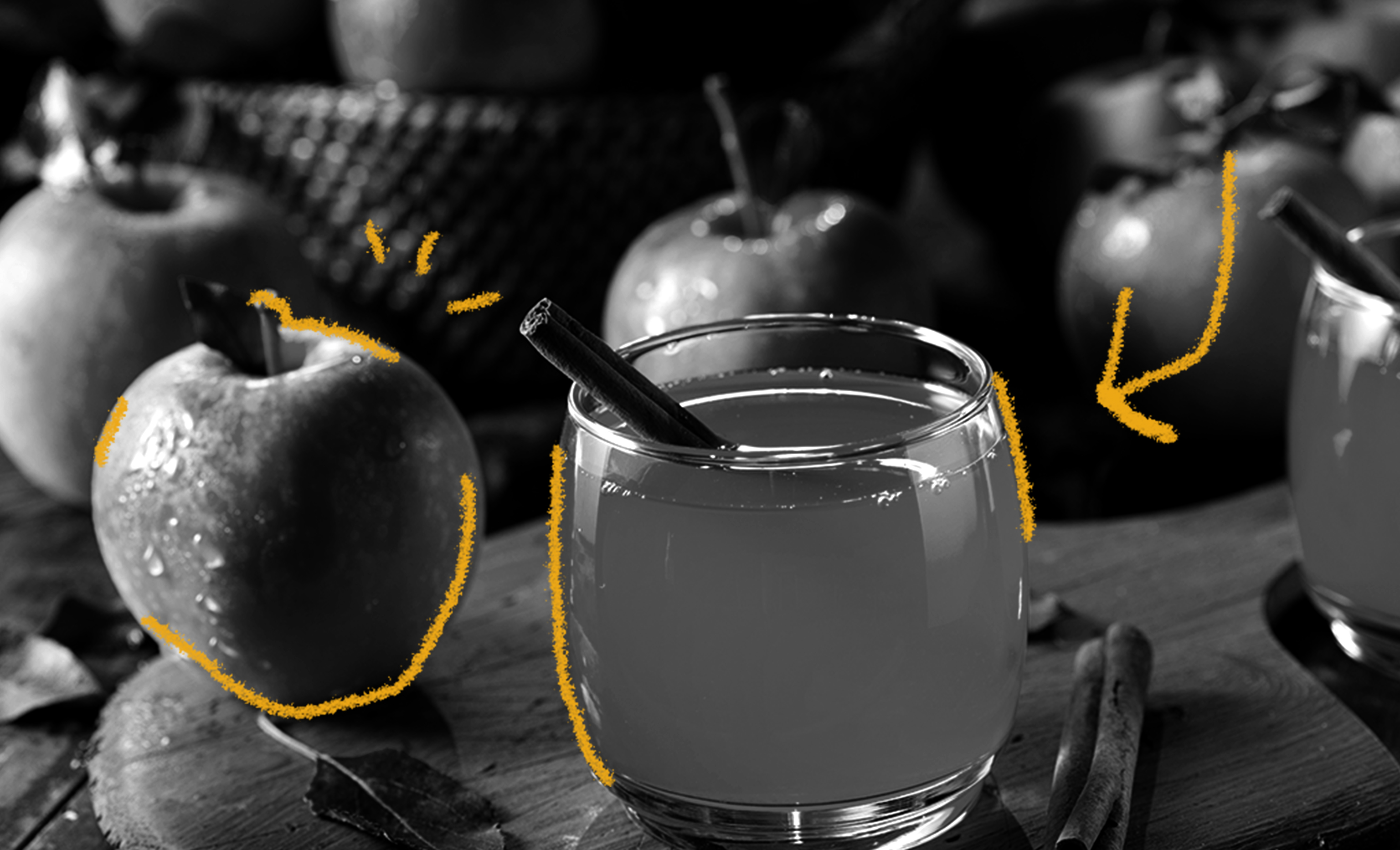For most of human history, apples were cultivated for making cider, not pies, and for most of that time, apple cider was a fermented, alcoholic drink. While we do have evidence that apple trees were grown along the Nile, ancient Egyptians did not appear to drink cider. It’s not clear when or where people first began pressing juice from apples and fermenting it into a hard cider, but the practice caught on and spread quickly. We do know that by the time the Romans sailed to the British Isles in 55 B.C., the locals were already drinking a cider-like beverage made from apples that the Romans fell in love with. From there, the drink spread throughout the Roman Empire and across all of Europe. In the 9th century, the Normans conquered England and introduced apple orchards and the word “cider” into the English language. Later, when the early colonists traveled to the Americas, they brought their love of cider with them. Although beer was more popular by that time, the New England climate made growing grains and barley difficult. However, it was well-suited to growing apples, so the colonists began making alcoholic cider, which was often safer to drink than most of the water available and also contained nutrients and calories to help them get through the harsh winters. (Interestingly, there was a less alcoholic version brewed especially for children called “applekin.”) Over the centuries, cider’s popularity waned and beer took over, especially after immigrants from Germany and eastern Europe settled in the Midwest, a region much more hospitable to hops and grains, and began to brew beer there. Prohibition wiped out nearly all of America’s cideries for decades, but they are slowly starting to make a comeback in bars all across the country. Of course, alcoholic cider isn’t the drink’s only form, merely its oldest. Each fall, many people enjoy non-alcoholic apple cider, which has become an especially popular offering at farmer’s markets and grocery stores during the cooler months of the year, particularly in New England.

Your go-to guide for weird history facts
Subscribe to the FREE daily email that makes learning about history fun.


